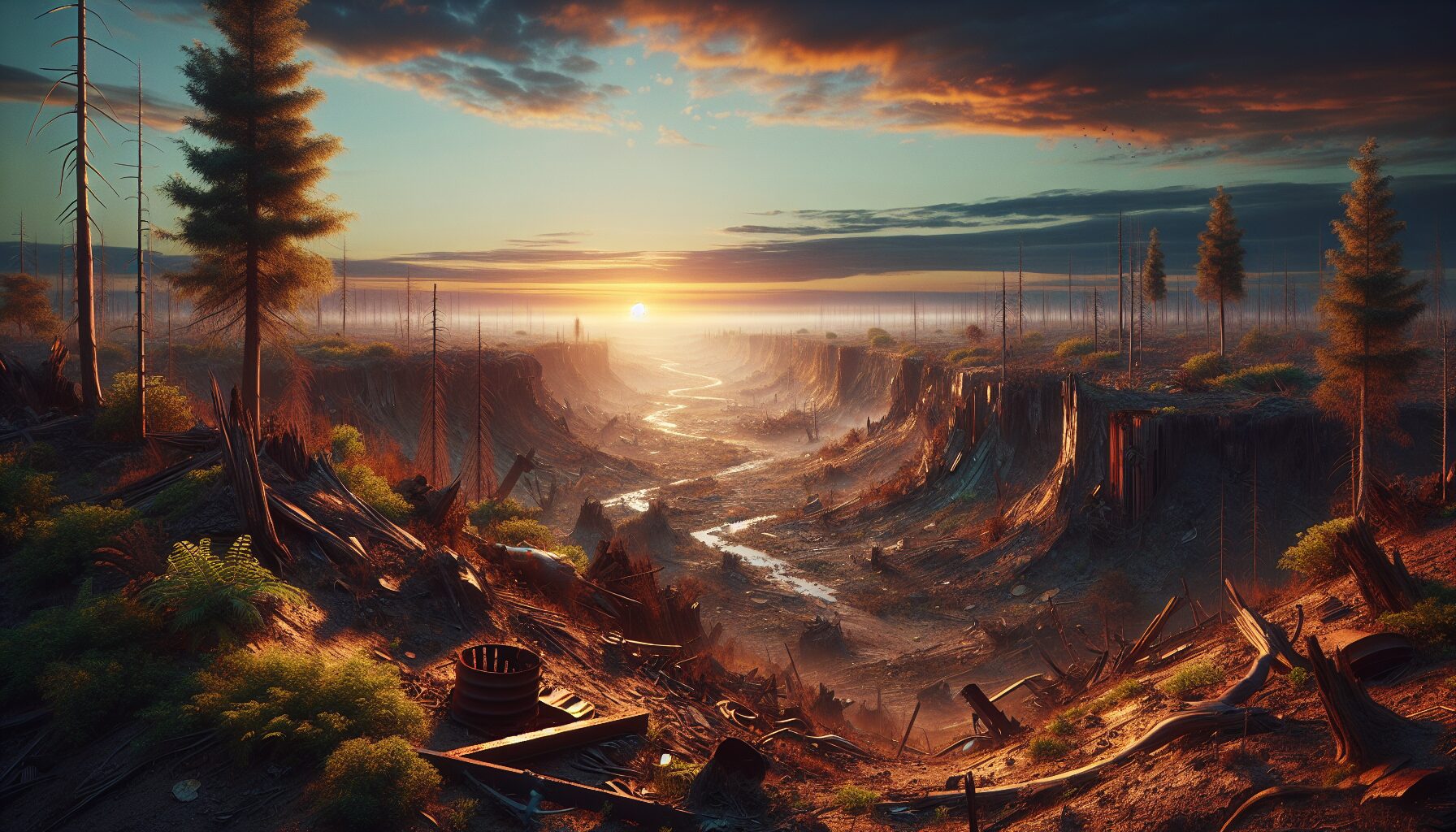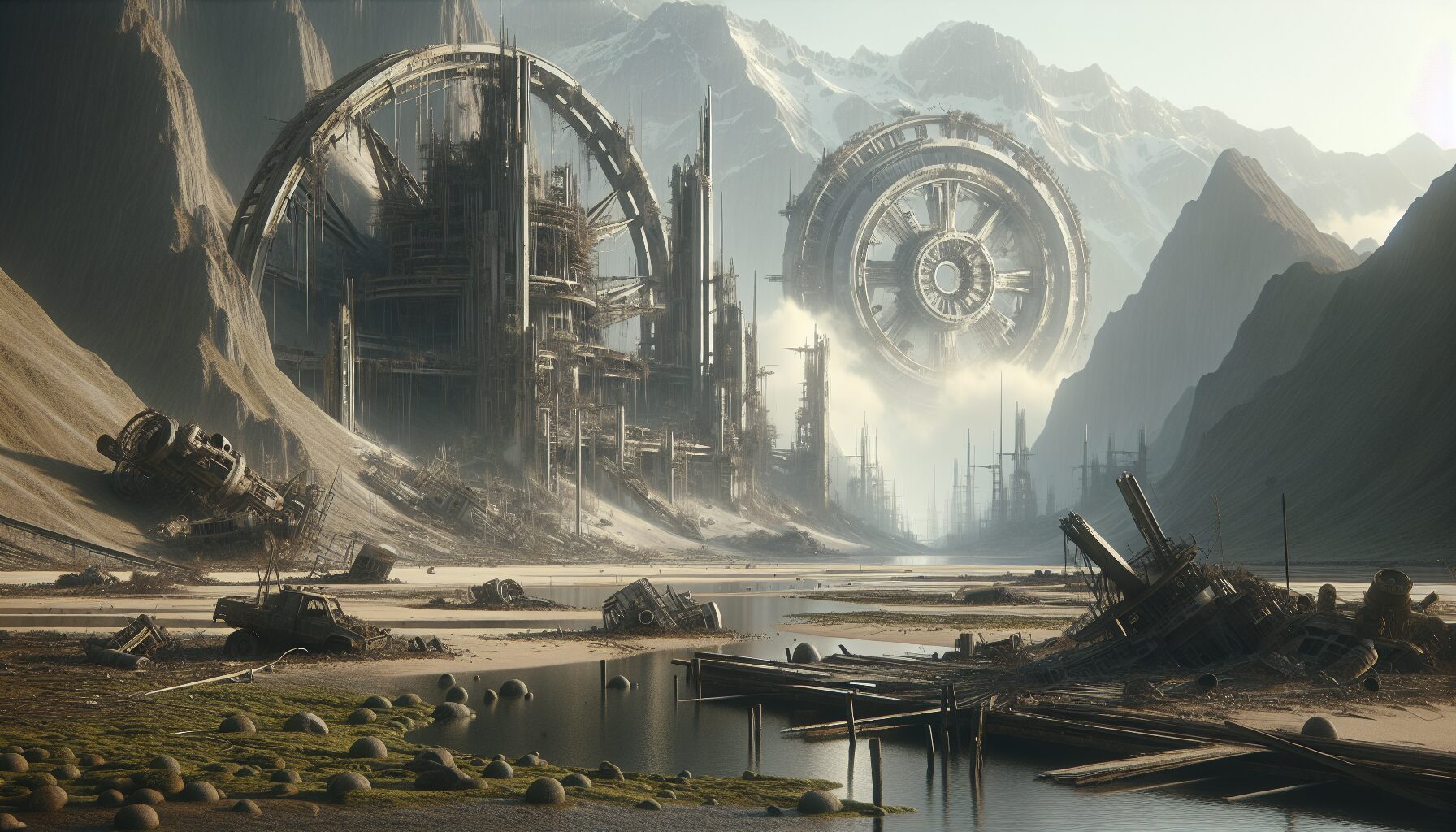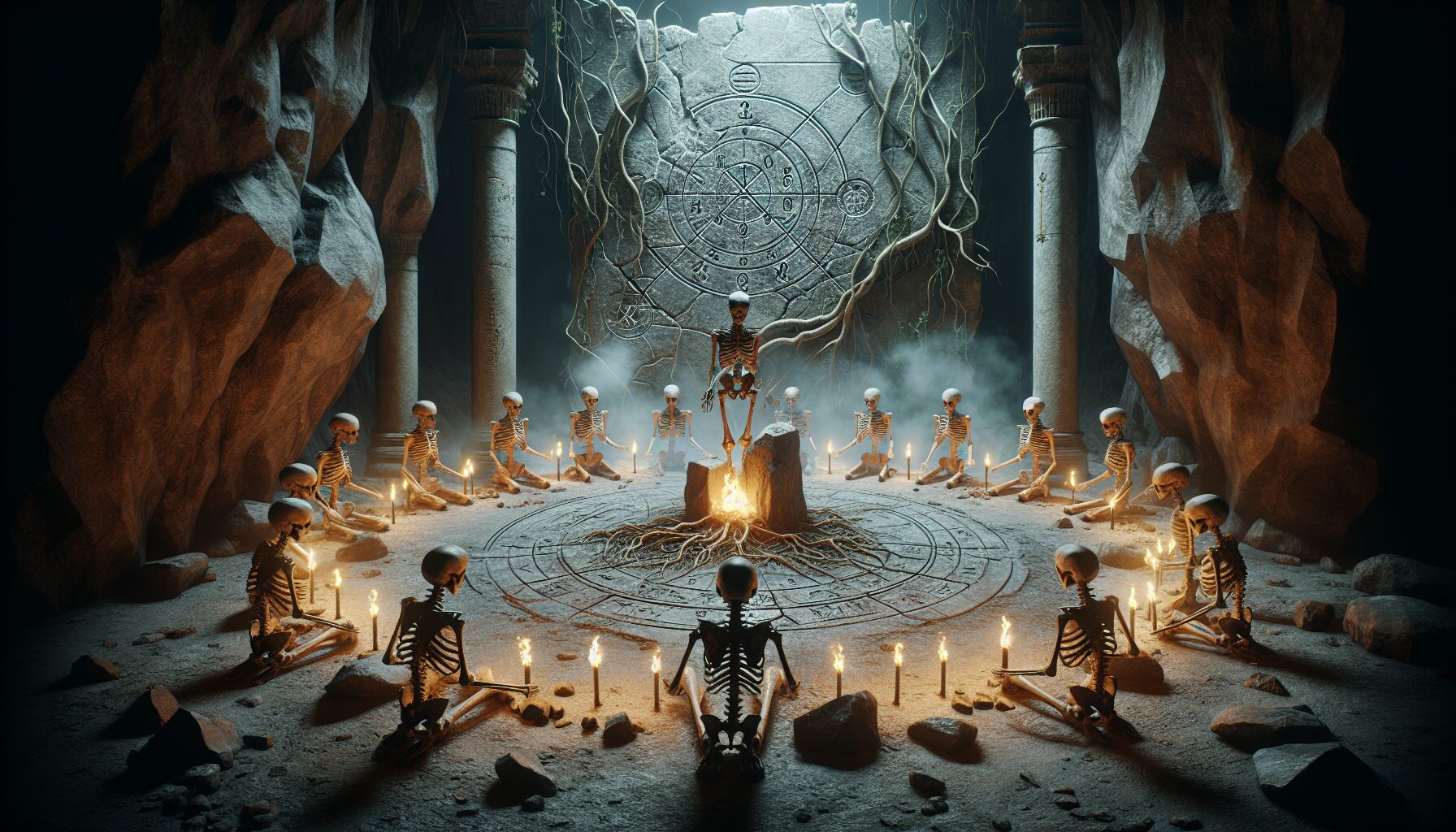Exploring themes of decay and endings unveils profound insights into life, the universe, and human experience. As we revisit the notion of necrotic horizons, we dive deep into understanding how decay and eventual demise provide pathways to new beginnings, fuel creativity, and instigate transformation.
The Concept of Necrotic Horizons
The term necrotic horizons refers metaphorically to the edges or limits of existence, where everything eventually fades and gives way to something else. This concept is drawn from various disciplines, including philosophy, ecology, and even literature, emphasizing how endings pave the way for renewal. As famously noted by philosopher Friedrich Nietzsche, “To live is to suffer, to survive is to find some meaning in the suffering.”
Ecological Insights: The Beauty of Decay
In nature, decay plays a vital role in ecological balance and regeneration. Dead plants and animals decompose, returning essential nutrients back to the soil, which in turn sustains new life. This cycle of life and death promotes biodiversity, resilience, and balance. Ecologist Suzanne Simard, known for her work on how trees communicate and share nutrients, emphasizes that “forests are not collections of isolated entities but are instead complex, interdependent systems where decay is a nurturing force” (TED Talk).
The Philosophical Impetus
Philosophers have long pondered the implications of endings. For existentialists, confronting and embracing our mortality prompts us to live more authentically. In his book The Myth of Sisyphus, Albert Camus delves into the absurdity of life, urging individuals to find contentment by acknowledging life’s inevitable decay yet choosing to live fully in spite of it.
“In order to understand the world, one has to turn away from it on occasion.” – Albert Camus
Art and Culture: Embracing the Dance of Decay
Artists and writers throughout history have used themes of decay and endings to evoke emotion and inspire reflection. Gothic literature, for instance, often features decaying landscapes as metaphors for moral and social decay. Edgar Allan Poe, through his macabre tales, illuminates how decay can mirror inner human turmoil.
Decay in art is not restricted to the thematic level alone; it also informs the medium itself. Japanese aesthetics introduce the concept of wabi-sabi, which finds beauty in imperfection and transience, accepting decay as an integral part of art’s life cycle.
Technological Reflections: Decay in the Digital Era
The digital age brings its own unique perspectives on decay and endings. Rapid technological advancements see once cutting-edge gadgets quickly becoming obsolete. In this transient technological environment, the philosophy of planned obsolescence raises questions about sustainability and consumer culture.
Despite its challenges, the digital landscape offers new ways to repurpose and rejuvenate. Recycling and upcycling IT equipment prove that technological decay can be harnessed to benefit society and the environment. Additionally, digital decay teaches adaptability—how societies navigate the shifting landscapes of technology determines their future readiness.
Lessons from the Edge: Embracing Endings
- Accepting Impermanence: Understanding and accepting impermanence can lead to greater appreciation of what we currently have and foster mindfulness.
- Encouraging Innovation: Knowing that everything has an endpoint can spark innovation, inspiring individuals to seek out new ideas and solutions.
- Fostering Resilience: Facing decay and endings reinforces resilience, teaching adaptation in the face of inevitable change.
- Nurturing Creativity: Embracing endings can unleash creativity, breaking free from conventional constraints to explore novel concepts and perspectives.
Ultimately, the study of necrotic horizons returns us to our core human condition, insisting on our interconnectedness with the cycles of nature and emphasizing growth from loss. Writer Arundhati Roy poignantly states, “Another world is not only possible, she is on her way. On a quiet day, I can hear her breathing” (The Guardian).
Conclusion: A New Dawn from Decay
The exploration of decay and endings as reflected in the concept of necrotic horizons reveals invaluable insights into life and survival. As we embrace the inevitable ends, we unlock potential avenues for exhilarating beginnings. Therefore, let us not fear the eventual decay, but rather learn from it, transforming our very existence as we walk boldly into a new dawn, carrying with us the lessons of the past and the promise of tomorrow.


